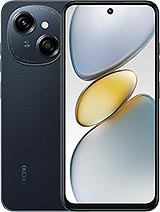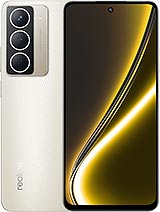Lava Yuva 2 alternatives
Tap above to see alternatives.
Oppo K13 alternatives
Tap above to see alternatives.
1x2.2 GHz Cortex-A76
3x Cortex-A76
4x Cortex-A55
1x2.3 GHz Cortex-A720s
3x2.2 GHz Cortex-A720s
4x1.8 GHz Cortex-A520s
8GB 256GB (UFS 3.1)
wide, f/1.8, AF
2 MP
macro
f/1.9, 27mm (wide), 1/2.88", OmniVision OV50D40, PDAF
2 MP
f/2.4, (depth)
1080p@30/60/120fps
f/2.5, 23mm (wide), 1/3.0", 1.0µm, Sony IMX840
SIM1: Nano, SIM2: Nano
SIM1: Nano, SIM2: Nano
FDD: N1, N3, N5, N8, N28
TDD: N40, N41, N77, N78
FDD: N1, N3, N5, N8, N28
TDD: N40, N41, N77, N78
In this comparison, the Oppo K13 with the Qualcomm Snapdragon 6 Gen 4 (4nm) performs better than the Lava Yuva 2 with the Unisoc Unisoc T760 (6nm), thanks to its more efficient chipset.
The Oppo K13 offers 2 years of OS updates, while the Lava Yuva 2 provides 1 years. When it comes to security updates, Oppo K13 leads with 3 years of support.
Oppo K13 has a superior AMOLED display, while Lava Yuva 2 uses an LCD panel. Moreover, Oppo K13 offers a higher 120 Hz refresh rate for smoother scrolling. Oppo K13 also has a brighter display with 1200 nits, improving outdoor visibility. Notably, Oppo K13 has a higher resolution display, resulting in sharper visuals.
Oppo K13 has a larger 7000 mAh battery for longer usage. Oppo K13 supports faster wired charging at 80W.
Oppo K13 has an IP65 rating, while Lava Yuva 2 lacks official water and dust resistance.












